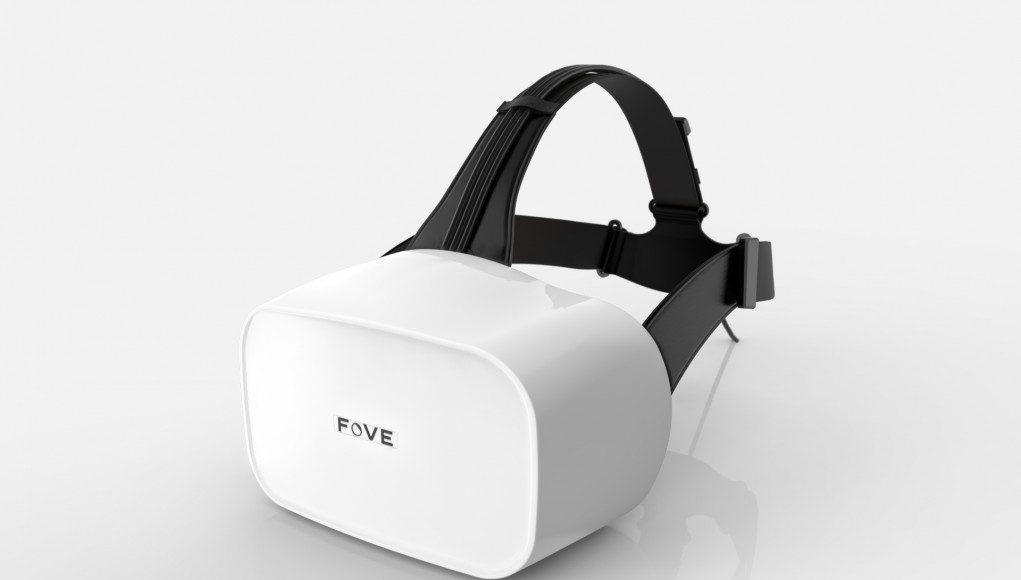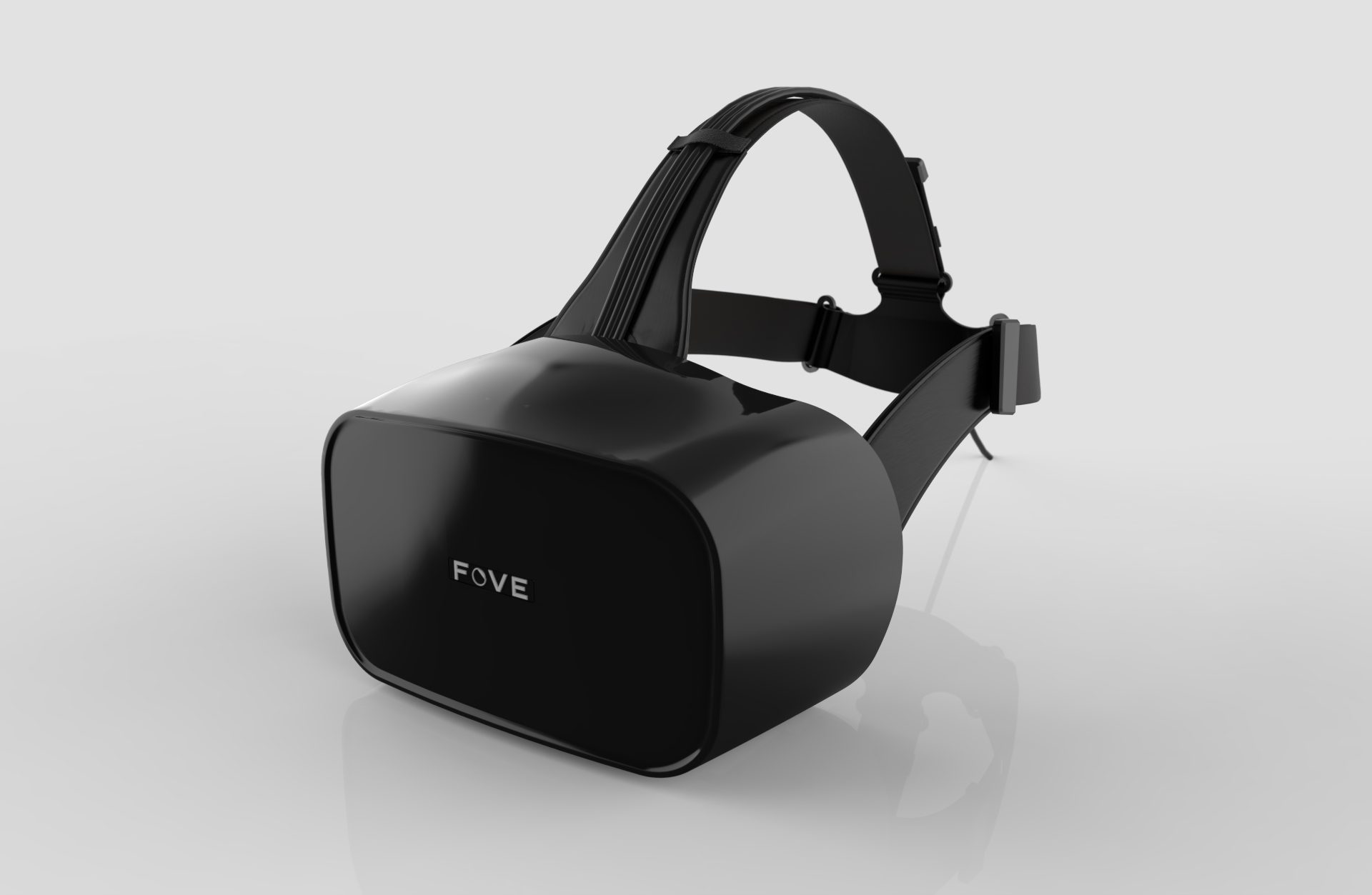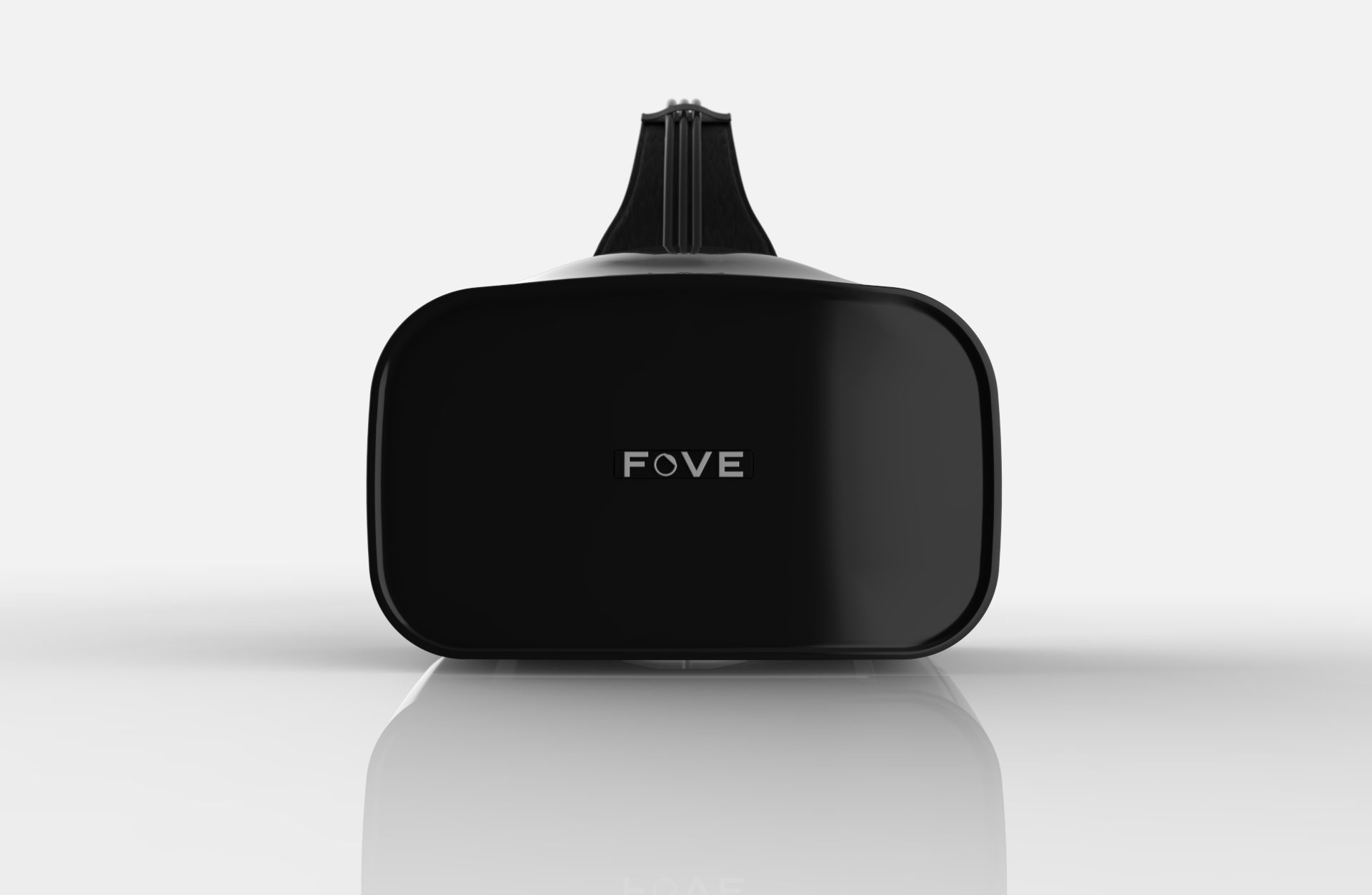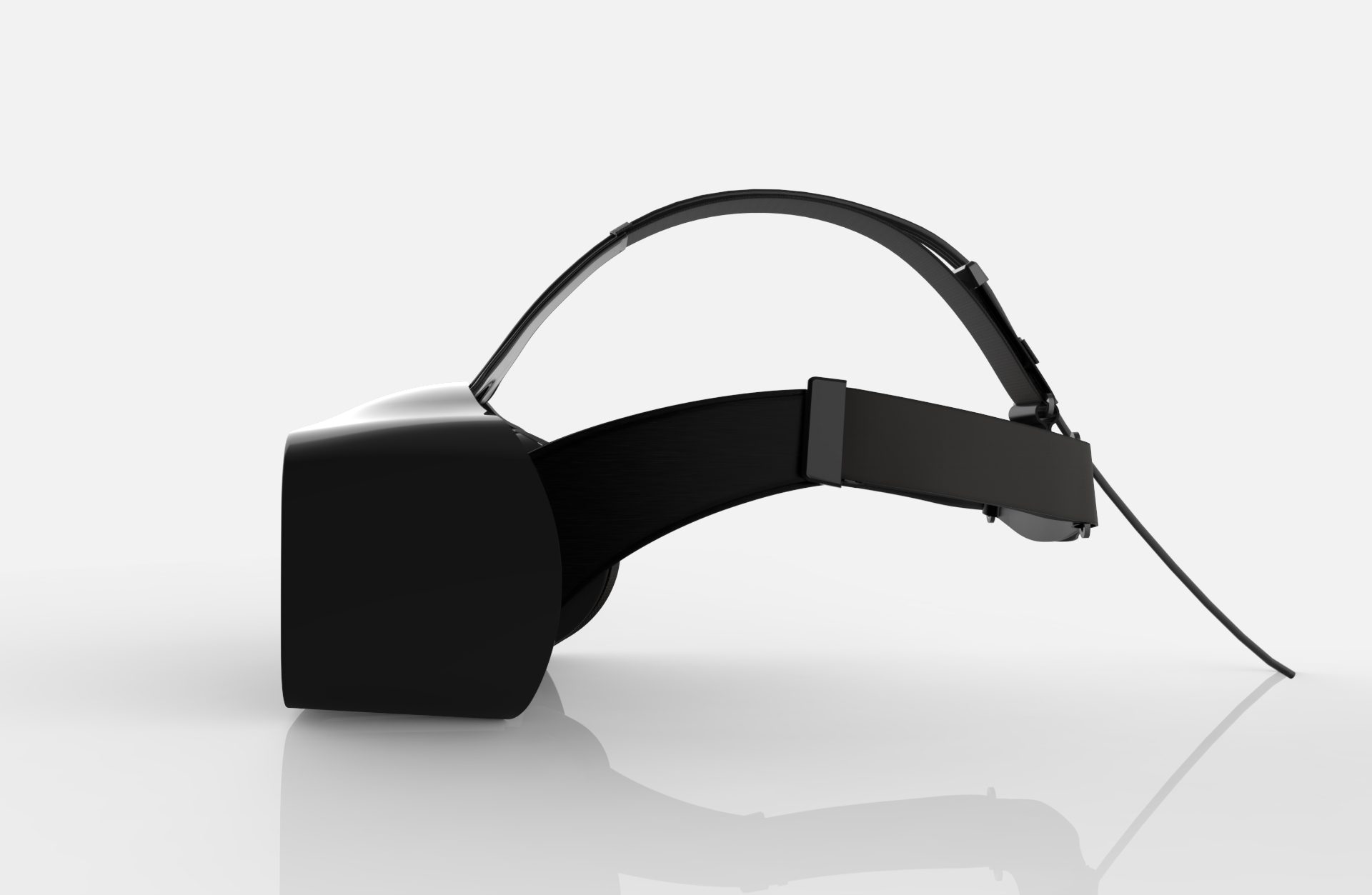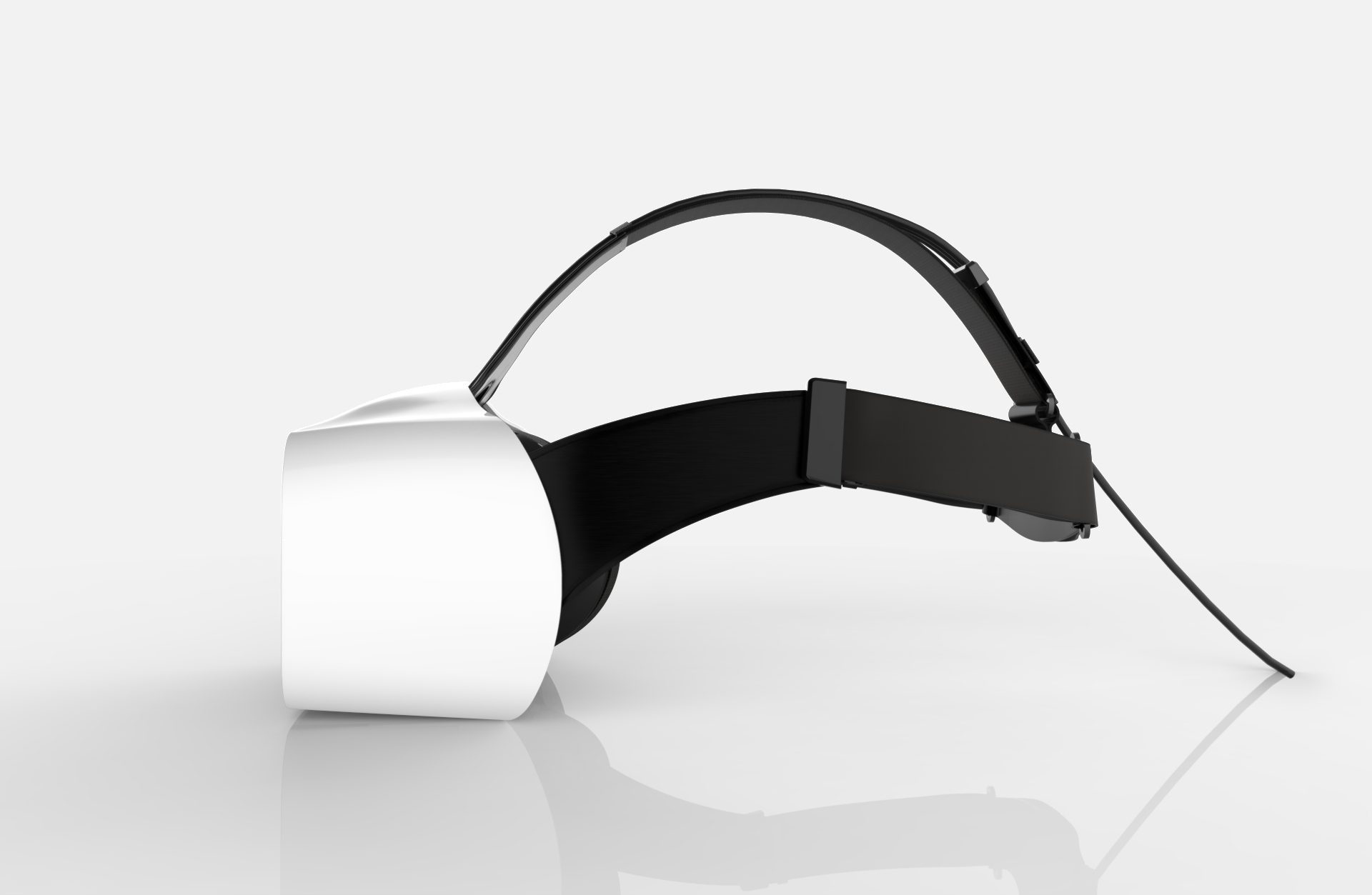It’s been a long road for FOVE, the creators of the eye-tracking VR headset that hit Kickstarter last summer, but today the company launches pre-orders for their first commercially available product, the FOVE 0. Pre-orders start at a special discount price of $549, available from today until November 9 at 8 a.m. PT (local time), with the price going up to $599 afterwards.
The FOVE 0 will be sporting a single WQHD OLED 2560×1440 display (1280×1440 per eye), 70Hz refresh rate, and about a 100° field-of-view (FOV)—not exactly on par with current PC VR headsets like the Rift and Vive, which both boast higher refresh rates, slightly higher FOV and dual displays for better interpupillary distance (IPD) fit. FOVE however is all about the eye-tracking, and with its 120fps infrared eye-tracking system, it proves to be extremely accurate.
Oft considered the ‘next big thing’ in VR headset technology, FOVE’s eye-tracking capability can be used for a number of important tasks, including creating more realistic avatars with eye-mapping and allowing eye-based user interfaces, but arguably the two most important are the headset’s ability to simulate depth-of field for better immersion and foveated rendering, a rendering technique that when coupled with eye-tracking is poised to deliver impactful savings on computational power.
Yuka Kojima, co-founder and CEO at FOVE says “We believe that eye-tracking capability is the next big milestone in the VR industry and we’re excited to be at the forefront of that technology.”
Check out the video below to get a better idea how simulated field-of-depth and foveated rendering work.
After raising $480,000 in funds through Kickstarter and an undisclosed amount from Samsung Ventures, FOVE later participated in the River accelerator program early last year alongside a number of other “frontier technology” startups. It wasn’t until March of this year though that the company secured serious funding to further realize their eye-tracking VR headset, seeing an $11 million Series A investment round that was set out to support production of the world’s first commercially available eye-tracking VR headset.
The company has already released their SDK which allows developers to integrate FOVE support for projects built-in Unity, Unreal Engine, and CryEngine.
The company, now headquartered in San Francisco, will be showcasing the final version of the headset during the Virtual Reality Developers Conference (VRDC) this week in San Francisco. Live demos of the headset, including “Project Falcon”, a first-person rail-shooter developed in partnership with creative production company REWIND, will be held on the show floor during VRDC.
FOVE 0 Technical Specs
- Display: WQHD OLED (2560 x 1440) 1280 x 1440 per eye
- Display frame rate: 70Hz
- Field of view: 90° ~ 100°
- Tracking sensor: Orientation tracking, Position tracking
- Eye tracking sensor: 120fps infrared eye tracking system x2, less than 1° accuracy
- Weight: 520g
- Connections: HDMI 1.4 / USB 3.0 / USB 2.0
- Accessories: Position tracking camera / Face cushion
Minimum Hardware Requirements
- Operating System: Windows 8.1 64-bit, Windows 10 64-bit
- CPU: Intel Core i5-4590 or greater
- GPU: NVIDIA GeForce GTX 970 / AMD Radeon R9 290 or greater
- RAM: 8GB or greater
- Interface: HDMI 1.4 / USB 3.0 / USB 2.0×2
Pre-order headsets will ship to the following countries: Australia, Austria, Belgium, Bulgaria, Canada, China, Czech Republic, Denmark, Finland, France, Germany, Greece, Hungary, Ireland, Italy, Japan, Luxembourg, Netherlands, New Zealand, Norway, Poland, Portugal, South Korea, Spain, Sweden, Switzerland, Taiwan, United Kingdom and the United States.

